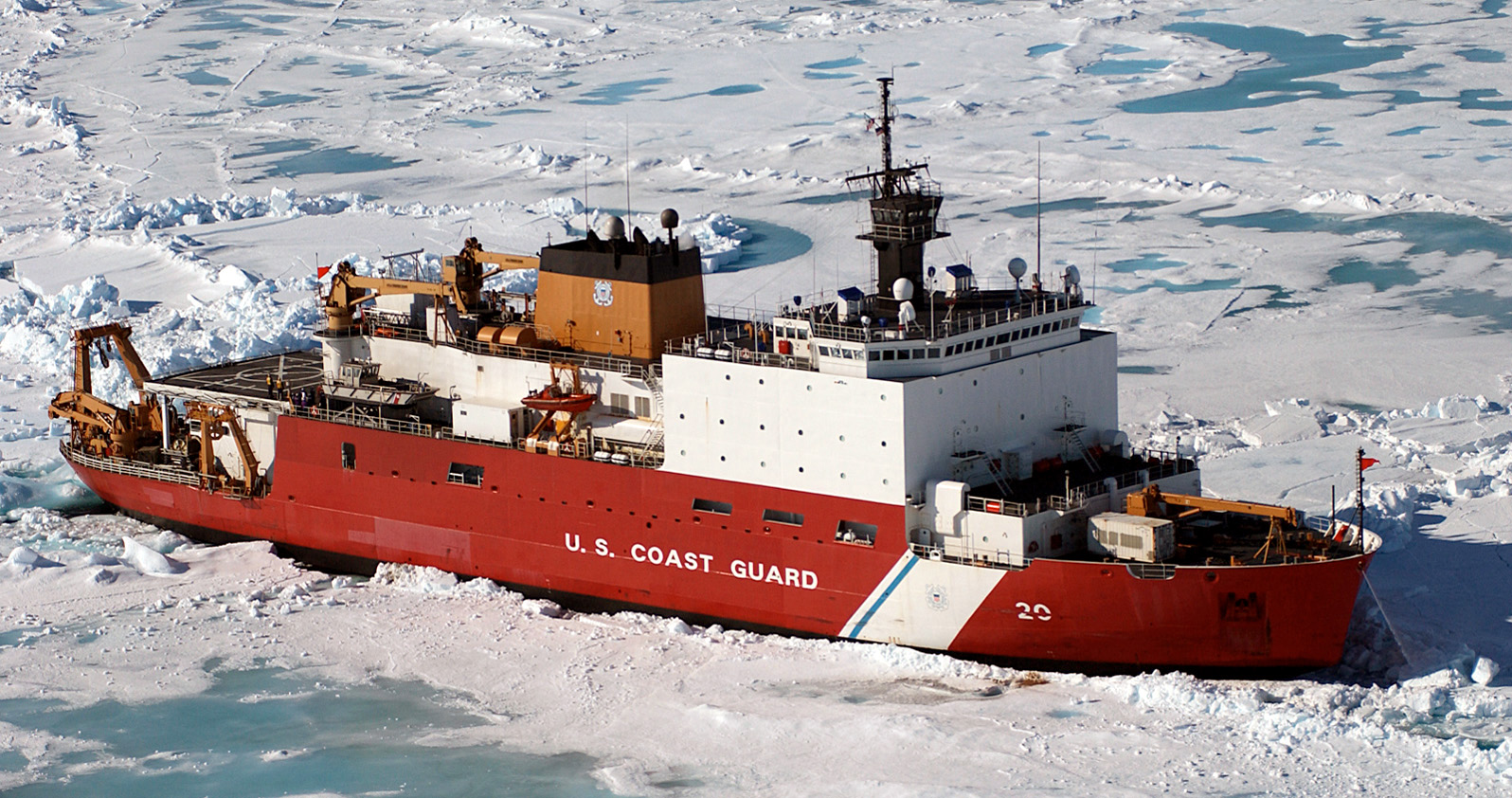Military vehicles may be protected by FOAM in the near future
05/16/2018 / By David Williams

The military is always at the forefront of interesting new and futuristic technologies. Now, a group of researchers has produced a new type of protective material that could one day be used to protect military vehicles from highly-destructive explosive blasts. The new material comes in the form of a stainless steel composite metal foam (CMF) that is said to be capable of blocking blast pressure as well as fragmentation at 5,000 feet per second from so-called high explosive incendiary (HEI) rounds from a distance of just 18 inches away.
According to Afsaneh Rabiei, a professor of mechanical and aerospace engineering at North Carolina State University (NSCU) and the senior author of the study, the new material was much more effective than other armor material choices that are currently available. “In short, we found that steel-CMF offers much more protection than all other existing armor materials while lowering the weight remarkably,” he said. “We can provide as much protection as existing steel armor at a fraction of the weight – or provide much more protection at the same weight.”
The details of the new protective material were shared by the researchers in a paper titled, “A study on blast and fragment resistance of composite metal foams through experimental and modeling approaches,” which was published recently in the Journal of Composite Structures. The study was the result of a collaborative effort between NSCU and the U.S, Army’s Aviation Applied Technology Directorate. (Related: Robot-controlled vehicles could soon be restocking military front lines with ammo, food, fuel.)
The new material survived rigorous tests
To conduct the study, the researchers chose to fire a 23-by-152 millimeter HEI round – something that is often used in anti-aircraft weapons – into a custom-made aluminum strikeplate that measured 2.3 millimeters thick. They also placed 10-inch by 10-inch steel-CMF plates that measured either 9.5 millimeters or 16.75 millimeters thick about 18 inches away from the aluminum strikeplate. After going through their results, the researchers determined that the steel-CMF was able to hold up against the blast pressure wave as well as against the copper and steel fragments that invariably got created by the round’s explosion. It also withstood aluminum from the strikeplate itself.
Rabiei noted that both thicknesses of the steel-CMF they used were able to stop the blast wave. The 9.5-millimeter steel-CMF was able to stop most of the fragments, and the researchers speculate that a 10-millimeter steel-CMF could do so quite easily.
To better understand the results of their research, the researchers also developed certain computer models that assess how the steel-CMF would perform. When they compared them with their experimental results, the model matched closely. The model also showed that the steel-CMF would outperform aluminum 5083 armor. This could prove extremely useful for future versions of military vehicles.
Rabiei himself states that many military vehicles currently use armor that’s made out of rolled homogenous steel, which has three times as much weight as their steel-CMF. “Based on tests like these, we believe we can replace that rolled steel with steel-CMF without sacrificing safety, better blocking not only the fragments but also the blast waves that are responsible for trauma such as major brain injuries,” he said. “That would reduce vehicle weight significantly, improving fuel mileage and vehicle performance.”
Keep yourself updated on the latest in new tech at FutureScienceNews.com.
Sources include:
Tagged Under: airplants, armor, blast wave, CMF, Explosions, Explosives, future tech, inventions, military, Military armor, military protection, military trucks, military vehicles, protective armor, steel composite metal foam, tanks




















